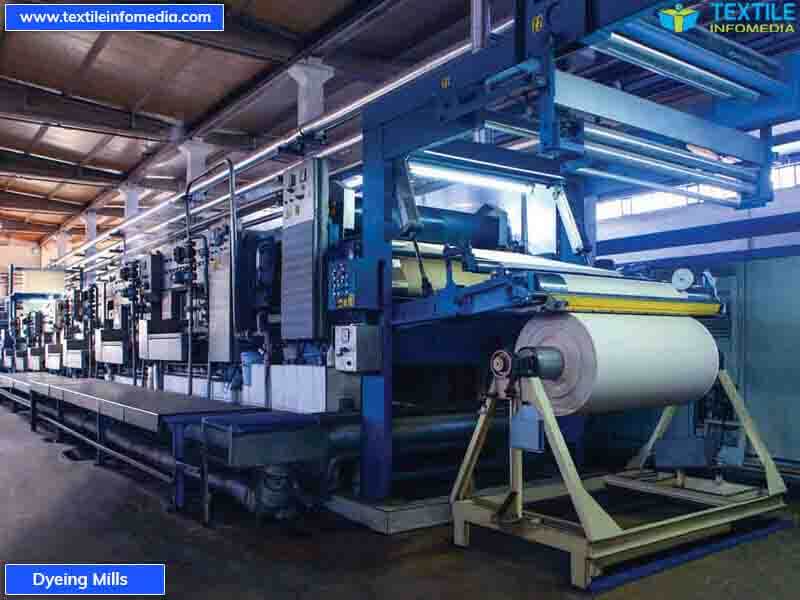What is Allowance & Different types of Allowances are used in Garments Industries?
Abdullah Al
Mamun
Assistant Manager-IE
Fareast Knitting & Dyeing Industrial ltd
E-mail: ie.mamun@fareastknit.com
Allowance:
The normal time for an
operation does not contain any allowances for the worker. It is impossible to
work throughout the day even though the most practicable, effective method has
been developed. Even under the best working method situation, the job will
still demand the expenditure of human effort and some allowance must therefore
be made for recovery from fatigue and for relaxation.
Allowances must also be made to
enable the worker to attend to his personal needs. The allowances are
categorized as:
1) Relaxation Allowance
a) Personal
need allowance
b) Fatigue
Allowance
2)
Process Allowance
3)
Policy Allowance
4)
Special Allowance
a) Periodic
activity allowances
b) Interference
allowance
c) Contingency
Allowance:
1. Relaxation Allowance: Relaxation allowance is a
addition to the basic time intended to provide the worker with the opportunity
to recover from the physiological and psychological effects of carrying out
specified work under specified conditions and to allow attention to personal
needs. The amount of allowance will depend on nature of the job.
Relaxation allowance may be of two types:
a)
Personal needs allowance- this is for attending personal needs like drinking water,
smoking, going to wash room etc. A common personal allowance is about 5% of
basic time.
b)
Fatigue allowance- this allowance is given to compensate for energy expended during
working. Fatigue allowance is generally considered as 4% of basic
time.
2. Process allowance:
A process allowance is an
allowance of time given to compensate for enforced idleness of an operator due
to the character of the process or operation on which he or she is employed. For
example- an operator may not be able to work because he has to wait for a
machine to complete its own part or he may be the member of an unbalanced line.
These are all unavoidable delay for which the operator is not responsible.
Process allowances are generally considered as 5% of the basic time.
3. Policy Allowance:
Policy allowances are not the
genuine part of the time study and should be used with utmost care and only in
clearly defined circumstances. The usual reason for making the policy
allowance is to line up standard times with requirements of wage agreement
between employers and trade unions. The policy allowance is an increment, other
than bonus increment, applied to a standard time (or to some constituent part
of it, e.g., work content) to provide a satisfactory level of earnings for
a specified level of performance under exceptional circumstances. Policy
allowances are sometimes made as imperfect functioning of a division or part of
a plant.
4. Special Allowances:
a)
Periodic activity allowances- Allowance for activities
carried out at definite intervals of time. e.g., cleaning machines, resetting
machines etc.
b)
Interference allowance- This is the allowance to compensate the unavoidable loss of
production due to simultaneous stoppage of one or more machines being operated
by single operator.
c)
Contingency Allowance: This is a small allowance of time given to compensate
such delay as tool breakage involving removal of tool from the holder or power
failures for small duration.
This allowance provides for small unavoidable delays as well as
for occasional minor extra work:
Some of the examples calling for contingency allowance are:
·
Tool breakage involving removal of tool from the holder and all
other activities to insert new tool into the tool holder.
·
Power failures of small duration.

















